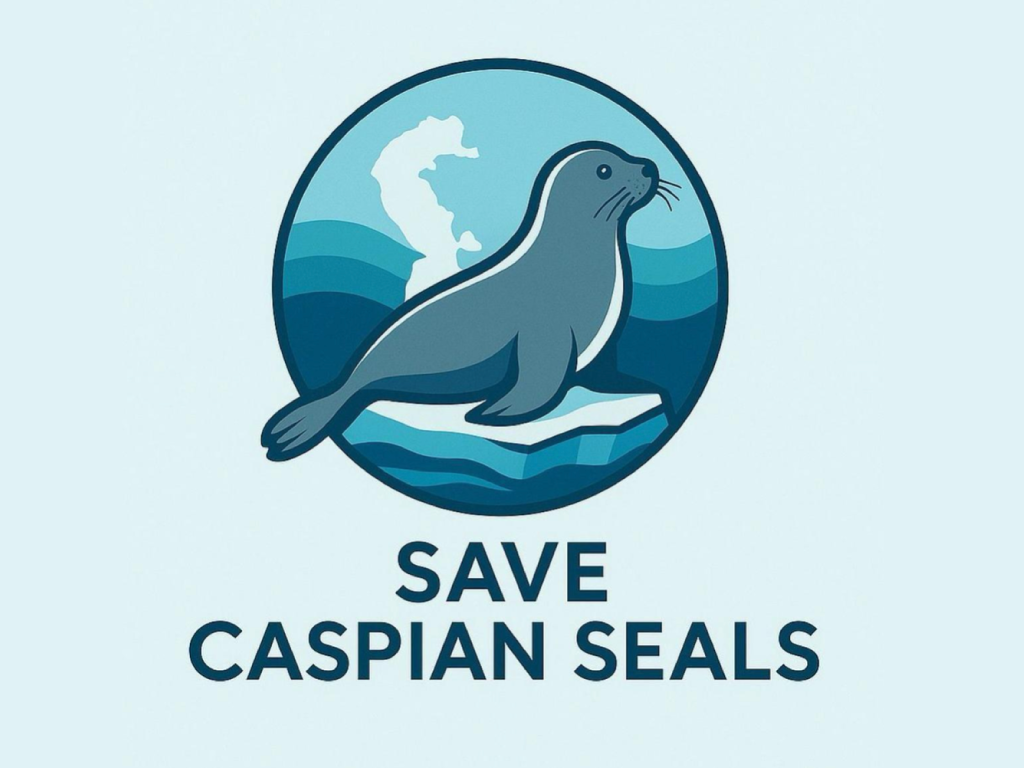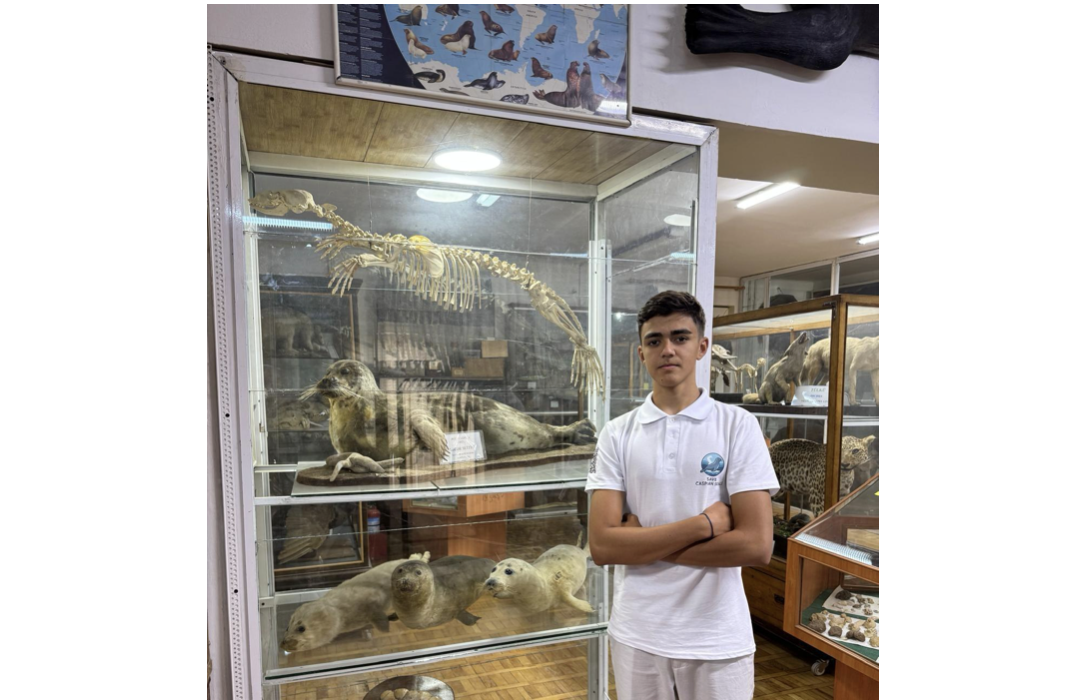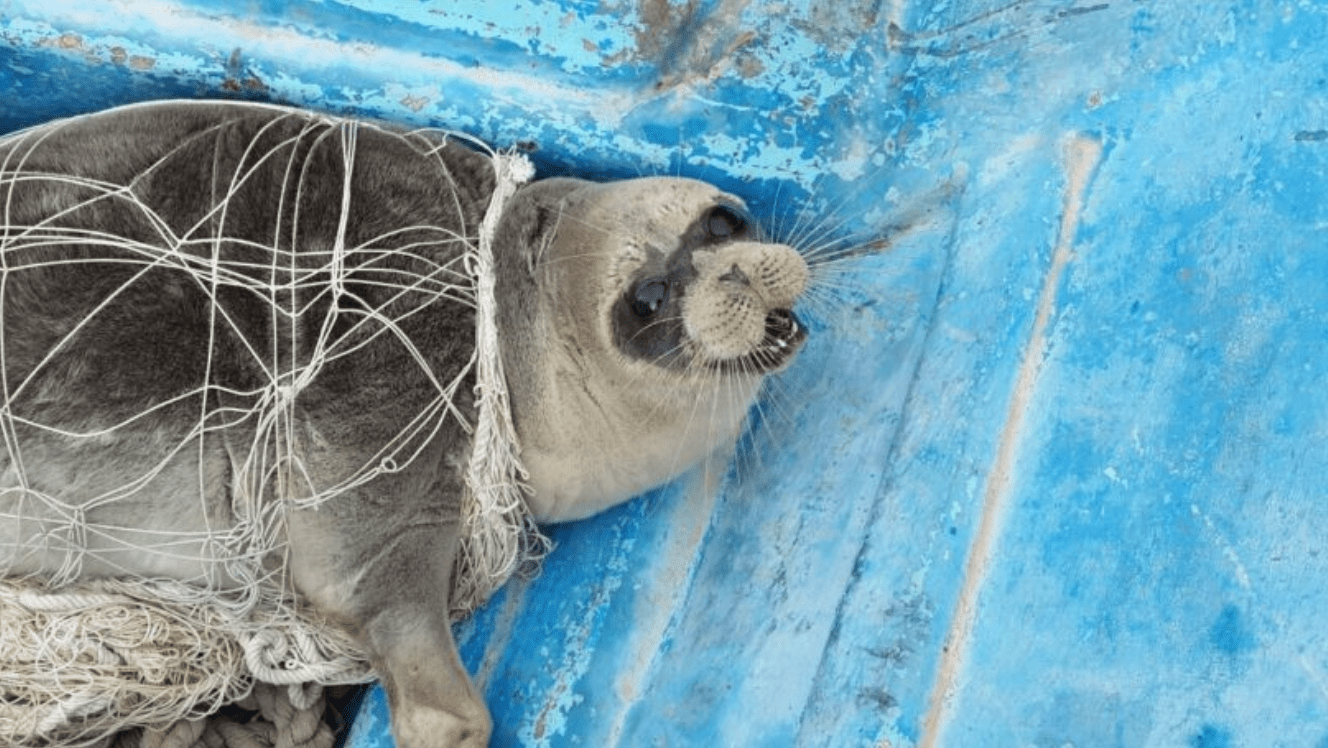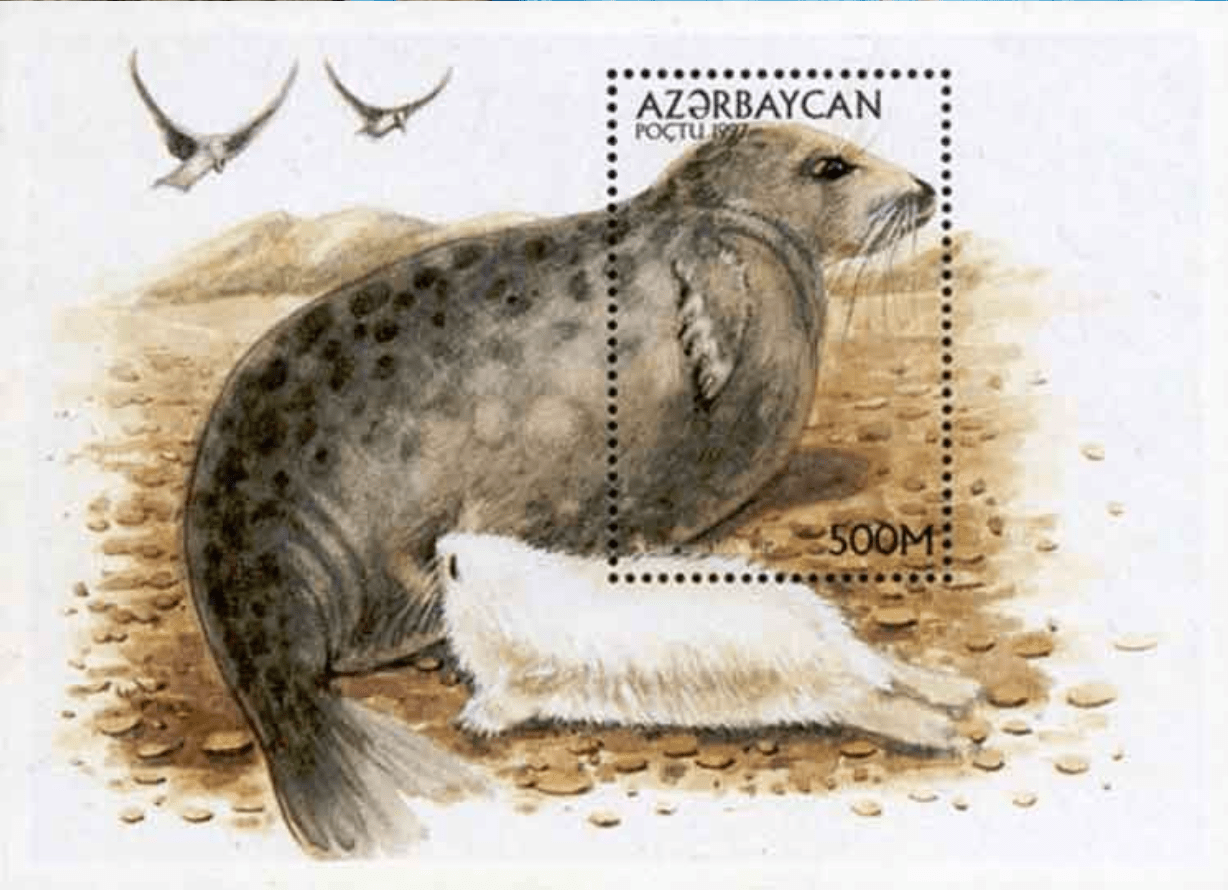The Caspian Day – Dropping Caspian Sea Levels and Disappearing Caspian Seals
Recent Articles
Author: Guest Contributor
08/13/2025
August 12 – The Caspian Day was established in 2006 by the leaders of Azerbaijan, Iran, Russia, Turkmenistan, and Kazakhstan. These five littoral nations signed the Framework Convention for the Protection of the Marine Environment of the Caspian Sea, pledging to safeguard the world’s largest inland body of water.
This date serves as more than a mere marker on the calendar; it is a pressing reminder of the critical threats facing the biodiversity of the Caspian Sea. As a vital resource sustaining millions of people and innumerable species, the Caspian represents both an ecological and cultural cornerstone. Continued environmental degradation risks the irreversible loss of a unique ecosystem and an integral element of regional heritage. The Caspian Day is an urgent call to remember and protect the Caspian’s biodiversity and unique marine life, especially the endangered Caspian seal.
The Caspian Sea in Crisis
In recent decades, the Caspian Sea’s water levels have been decreasing at an alarming rate, reaching their lowest recorded point in 2025. Scientists warn of a further 4-meter drop within the next decade, driven by a dangerous combination of climate change, rising temperatures, reduced river inflows, and unsustainable human activity. The sea level of the Caspian has been statistically recorded since the 19th century, and in the 20th century, the Sea reached its highest point. Currently, it has reached its lowest statistical level. The main indicators of the Caspian's water degradation are the heavy loads of industrial waste being dumped, concentrated river water inflow, untreated home sewage, oil spills, and plastic pollution, which have all deteriorated the water. This type of human activity endangers not only marine life but also the well-being of the coastal population, which can lead to critical issues, such as dirty beaches, skin problems, sick wildlife, and fish shortages.
Pollution— including industrial waste, untreated sewage, oil spills, and plastic—has poisoned the water. The Volga River, supplying 80 percent of the Caspian’s freshwater, is increasingly diverted for agriculture, hydropower, and industrial use before reaching the sea. Meanwhile, urban expansion and industrial development along the coast have destroyed natural habitats, pushing species to the brink of extinction.
Endangered Species in the Caspian Sea
According to the Red Book of the Republic of Azerbaijan Caspian sturgeon, Caspian seal, Caspian trout, Ship sturgeon and Persian sturgeon (Caucasus/Kura sturgeon) are in either Critically Endangered (CR) or Endangered (EN) Caspian Sea species.
Save Caspian Seals (SCS): Fighting for Survival

The Silence of the Seals
The Caspian seal (Pusa caspica) is the only marine mammal species native to the Caspian Sea. Coming from the smallest members of the earless seal family, a full-grown adult seal is about 1.2 to 1.6 meters in length and weighs around 50 to 80 kilograms; males are usually larger and heavier than females. To stay alive, the Pusa caspica mainly feeds on 5 main types of marine animals: kilka (sprat), gobies, perch, herring, shrimp, and crustaceans. The Caspian seal is the primary predator that contributes significantly to the maintenance of the fish population and plays a significant role in indicating the Caspian Sea's health. Also, the Pusa caspica is the only marine mammal in
the Caspian Sea and plays a vital role in keeping its ecosystem balanced while holding cultural and scientific significance for the region. Unfortunately, during the past century, the number of Caspian seals has decreased by over 90%, from approximately 1.5 million to 70,000. Since 2008, the Pusa caspica has been categorized as an endangered species on the IUCN (International Union for Conservation of Nature) Red List. This categorization demonstrates the significant decline in the seals' population throughout the 20th century. Without immediate action, these rare marine mammals will disappear.
Decline in the number of seals is not just the loss of a species. They are a vital link in the Caspian’s food chain. Their absence disrupts the balance among fish, crustaceans, and plankton. For instance, fewer seals may lead to an overgrowth of sprat fish, reducing food for other species and causing harmful changes in the ecosystem.
At the forefront of the battle to protect the Caspian seal is the Save Caspian Seals (SCS)
initiative, founded by Fateh Arif Kerimli.
SCS is dedicated to reversing the decline of Pusa caspica through awareness, education, research, and youth action. The organization’s mission is clear: to protect this endangered species, restore the balance of the Caspian ecosystem, and inspire a generation to stand for environmental justice.

Current SCS projects include:
- A powerful mini-documentary revealing the seal’s plight.
- Social media campaign reaching thousands with facts and calling to action.
- Ecological workshops that teach communities how to protect the Caspian.
- Awareness stands at public events, giving people a chance to learn, engage, and take part in conservation.
Through these efforts, SCS is building a movement—uniting scientists, activists, policymakers, and everyday citizens in a shared mission to ensure the Caspian seal not only survives but thrives.
Your Role in Saving the CaspianA Call to Action: Don’t Let the Caspian Fall Silent!
Protecting seals is not just a biological duty—it’s an ethical and human responsibility. At “Save Caspian Seals,” we call on everyone to join this cause. If young people, scientists, NGOs, governments, and the private sector work together, the voice of the Caspian—the voice of the seals—will not be silenced.
Considering best practices, we, the volunteers of Save Caspian Seals, propose the following solutions for the protection of Caspian seals::
- Establish protected seal zones across mostly seals inhabited areas of Absheron Peninsula
- Strengthen environmental legislation
- Create seal rehabilitation centers and sanctuaries
- Promote awareness and eco-tourism
To preserve the Caspian Sea is to protect our underwater heritage for future generations. Let’s not ignore today’s silent tragedy. The steps we take today will shape the nature of tomorrow.
For contact and support:
Follow us on social media: @SaveCaspianSeals
Join our campaigns and raise your voice for the Caspian Sea and its living creatures! #CaspianDay #SaveTheSeals #CaspianSeals

